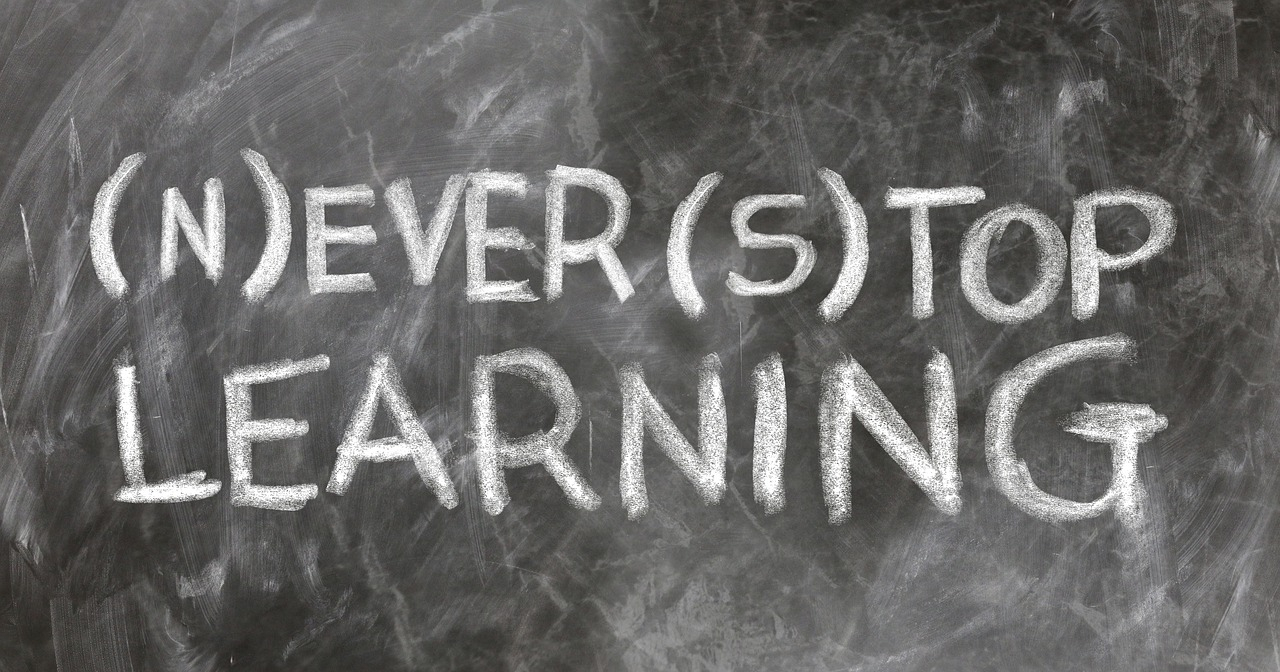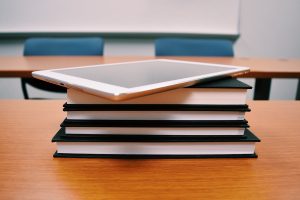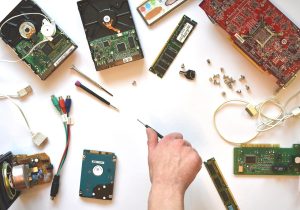Beyond Tests: Innovative Ways to Measure Student Success
As educators, we are constantly striving to help our students succeed. This often involves measuring their progress and understanding their areas of strength and weakness. While traditional tests have been the go-to method for assessing student learning, they may not always provide the most accurate or comprehensive picture of a student’s success. In today’s ever-evolving education system, it’s important to explore alternative ways to measure student success beyond tests. In this article, we’ll dive into some innovative methods that can provide a deeper understanding of our students’ growth and achievement.
Performance-Based Assessments
Performance-based assessments, also known as authentic assessments, are a form of evaluation that focuses on a student’s ability to apply their knowledge and skills in real-world contexts. Unlike traditional tests that rely heavily on multiple-choice questions, performance-based assessments require students to complete tasks or projects that demonstrate their understanding and application of concepts.
Examples of performance-based assessments include creating a presentation, designing a project, or completing a hands-on activity. These types of assessments not only test a student’s understanding of the material but also their critical thinking, problem-solving, and communication skills. They provide a more comprehensive and practical view of a student’s success in applying their learning to real-life situations.
Portfolio Assessments
Another way to measure student success beyond tests is through portfolio assessments. Portfolios are collections of student work that showcase their progress and achievements over time. This can include assignments, projects, essays, and other pieces of work that demonstrate a student’s growth and development.
Portfolio assessments allow students to reflect on their learning and track their progress. It also gives teachers a more holistic view of a student’s strengths and weaknesses. By analyzing a variety of work samples, educators can gain a better understanding of a student’s learning style, level of effort, and areas for improvement. Additionally, portfolios can also serve as a form of self-assessment for students, empowering them to take ownership of their learning.
Classroom Observations
One of the most effective ways to measure student success beyond tests is through classroom observations. As educators, we spend a significant amount of time with our students, and observations allow us to see their growth and progress first-hand. By regularly observing students, we can gain a deep understanding of their academic, social, and emotional development.
Classroom observations provide a more nuanced view of student success as we can observe how they interact with classmates, approach tasks, and respond to challenges. It also allows for immediate feedback and adjustments to instruction. Additionally, observations can help identify any learning gaps or areas where students may need additional support.
Student Self-Reflection
Finally, one of the most innovative ways to measure student success is through self-reflection. This involves providing students with regular opportunities to reflect on their learning and set goals for themselves. By asking students to reflect on their strengths, areas for improvement, and progress, we can gain valuable insights into their learning and growth.
Student self-reflection can take many forms, such as journaling, goal setting, or brainstorming. It not only helps students become more self-aware of their learning but also empowers them to take ownership of their success. Additionally, by involving students in the assessment process, we are promoting metacognition, a crucial skill for lifelong learning.
In conclusion, while tests have been the traditional method for measuring student success, they may not always provide the most accurate or comprehensive results. By incorporating innovative assessment methods such as performance-based assessments, portfolio assessments, classroom observations, and student self-reflection, we can gain a deeper understanding of our students’ progress and success. Let’s continue to explore alternative ways to measure student success and provide a well-rounded and holistic education for our students.










